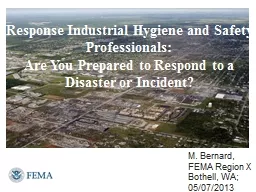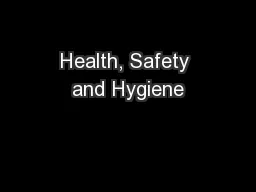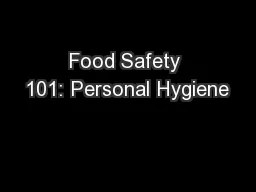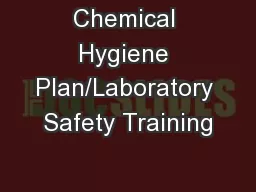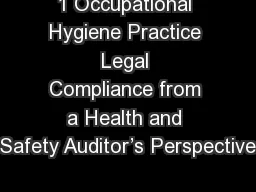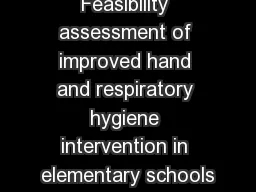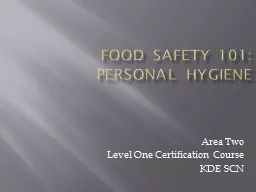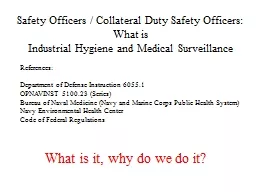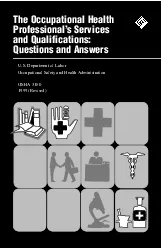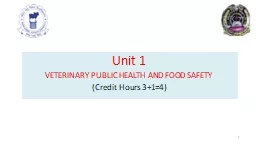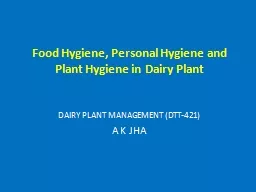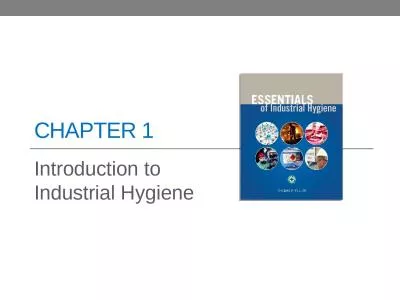PPT-Response Industrial Hygiene and Safety Professionals:
Author : phoebe-click | Published Date : 2016-09-06
Are You Prepared to Respond to a Disaster or Incident M Bernard FEMA Region X Bothell WA 05072013 NIMS and the Incident Safety Officer NRFNIMS Coordination
Presentation Embed Code
Download Presentation
Download Presentation The PPT/PDF document "Response Industrial Hygiene and Safety P..." is the property of its rightful owner. Permission is granted to download and print the materials on this website for personal, non-commercial use only, and to display it on your personal computer provided you do not modify the materials and that you retain all copyright notices contained in the materials. By downloading content from our website, you accept the terms of this agreement.
Response Industrial Hygiene and Safety Professionals:: Transcript
Download Rules Of Document
"Response Industrial Hygiene and Safety Professionals:"The content belongs to its owner. You may download and print it for personal use, without modification, and keep all copyright notices. By downloading, you agree to these terms.
Related Documents

